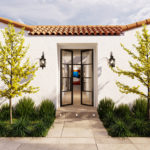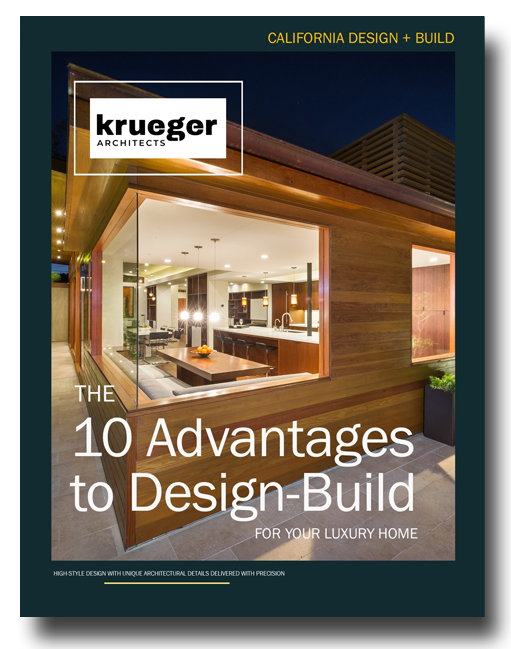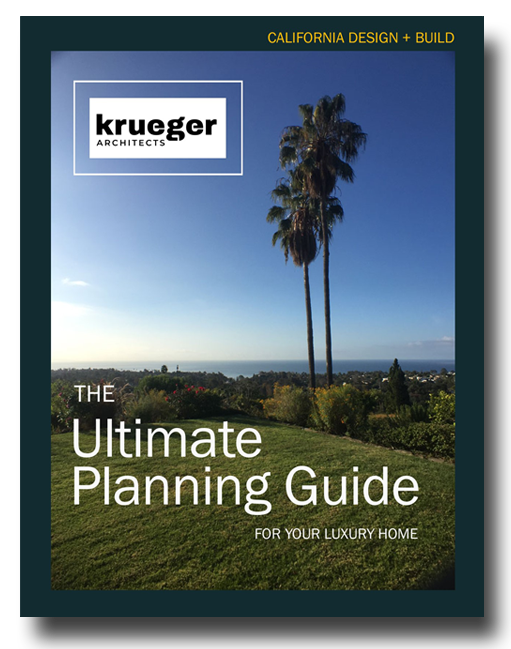Green roofs, also known as vegetated roof covers or eco-roofs, consist of layers of living vegetation installed on top of conventional flat or sloping roofs. While pondering design options for an upcoming project, we began exploring the idea of utilizing a green roof system. The discussion came about because the home is situated on a hillside and we wanted to see how we could best preserve the view of the neighbor further up the hillside. However, green roofs have value that goes far beyond aesthetics.
Re-imagining Green Roofs for Modern Buildings
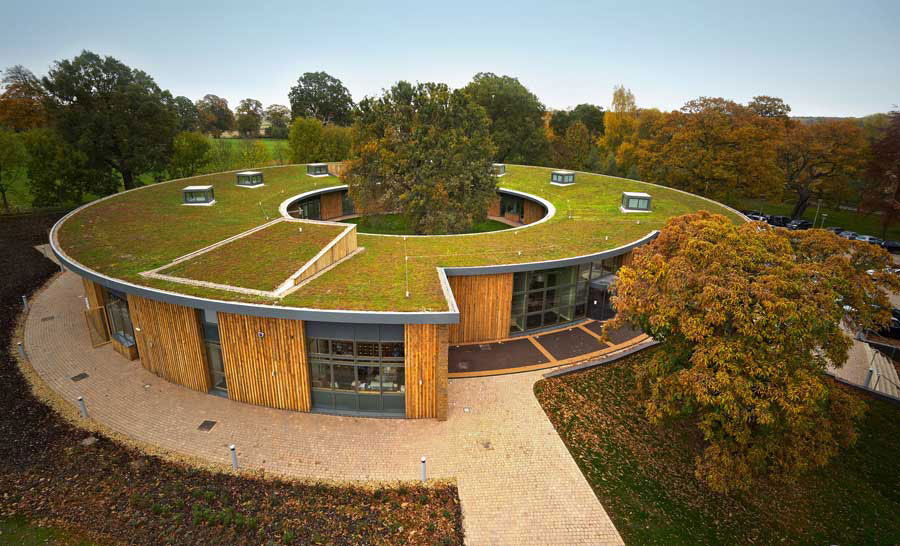
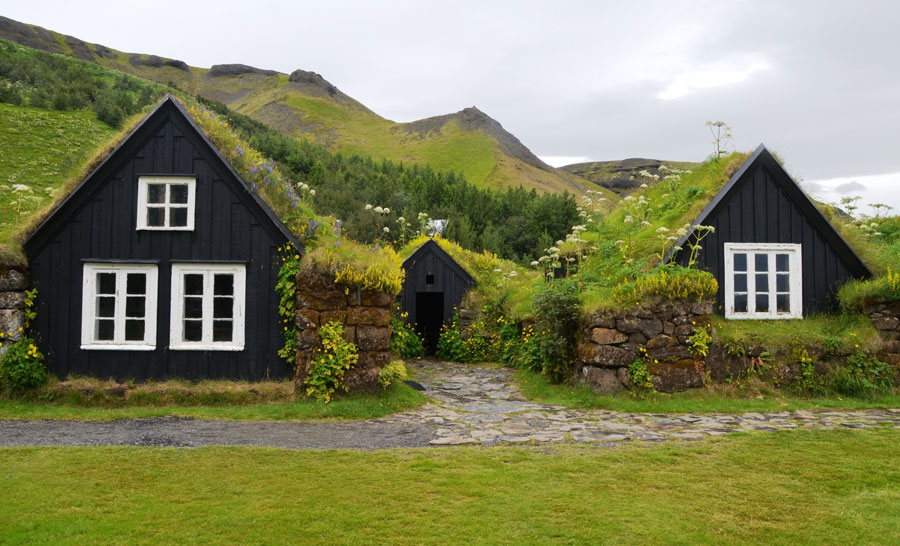
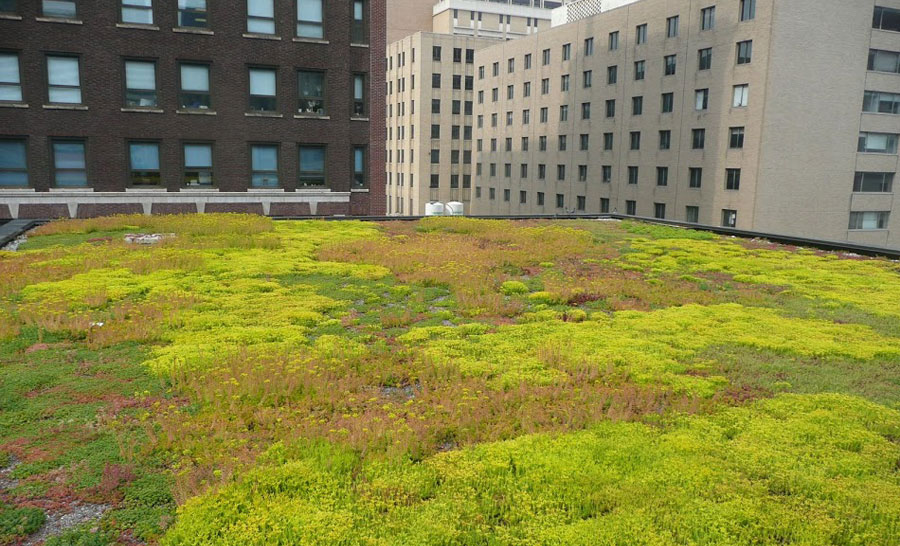
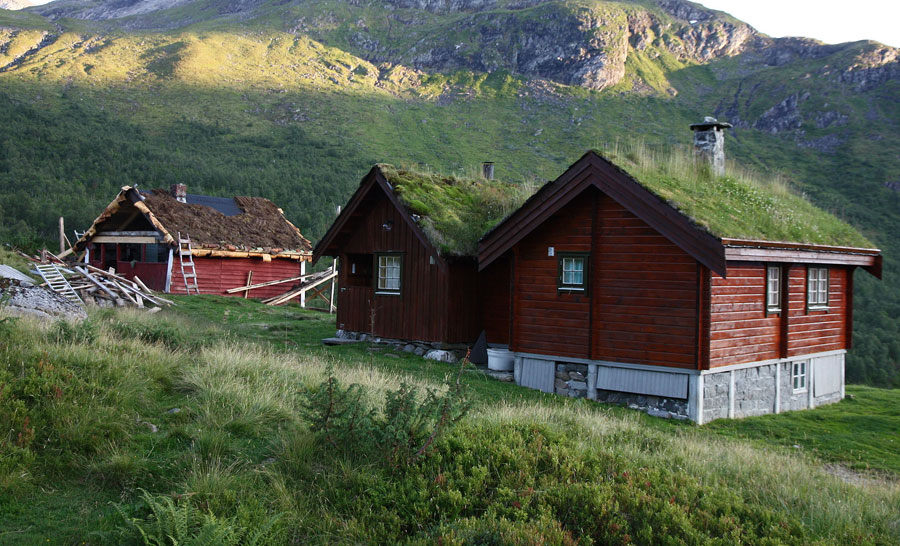
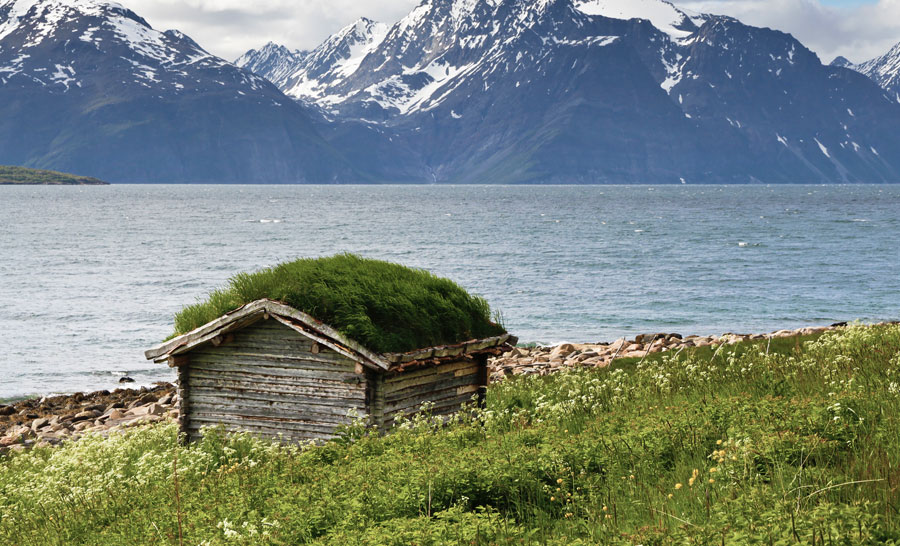
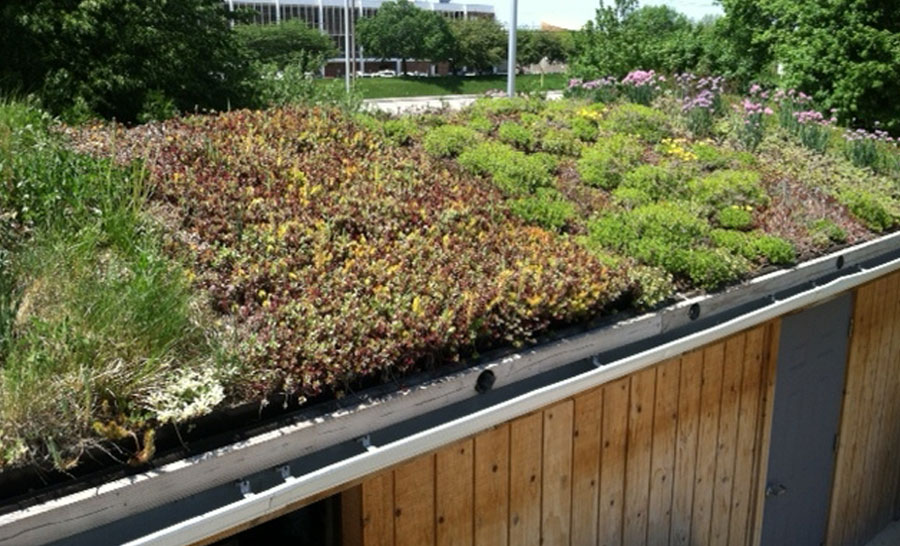
Although not frequently used today, green roofs are not a new technology. Our ancestors covered their shelters with live vegetation to keep them cool in the summer and warm in the winter. Perhaps the most famous green roofs are the Hanging Gardens of Babylon. They were built over arched stone beams in the 7th century that had been waterproofed with thick layers of reeds and tar before the plants and trees were installed. In more contemporary times, people in Scandinavia had roofs that were covered with sod to insulate the home. However, during the 20th century, green roofs were considered an outdated vernacular building practice that was not practical for modern construction projects and therefore feel out of favor.
Due to increased urbanization, we have been forced to re-think ways to bring balance back to the building sciences. Green roofs have taken an increased role in worldwide green building practices, especially in the U.S. due in part to the Leadership in Energy and Environmental Design (LEED) standards. 21st century green roof technology utilizes a multi-layer system, with a waterproof membrane, drainage layers, specialized soil medium, soil stabilizer, and a selection of plant species.
Types of Green Roofs
Generally, there are two types of green roofs: extensive and intensive. The differences between these two is largely thickness, weight, cost, and maintenance. An extensive green roofing system has less than six inches of soil, allowing for a lightweight and flexible roof structure; but results in lower vegetation density as it requires plants that are suitable for thin soil such as sedums. Extensive green roofing system can typically tolerate extreme moisture. Intensive green roofing structures consist of over six inches of soil. As a result, they can support greater plant diversity, but require elaborate drainage and irrigation systems and significant support structures for all the added weight.
The Benefits of Green Roofs
Heat Islands
In large cities, green roofs can alleviate some of the environmental impacts of urbanization including reduction of the “Heat Island” effect. Concrete and asphalt have properties that cause them to retain radiant heat. Natural green vegetation does not have these same properties and is more effective at dissipating heat. The greater the building density, the greater the head absorption. The shape and style of the roof also influences heat retention. Lower-sloped roofs, or flat roofs, have higher retention of solar energy versus highly-sloped roofs, which are more effective at reflecting heat. According to the LEED standard, one of the strategies to optimize energy for roofs, specifically those that are flat, involves the addition of greenery. In addition, plants, trees, and shrubs exchange greenhouse gases such as carbon dioxide into oxygen and help to clean the air of pollutants.
Habitat Building
Native and adaptive vegetation on building rooftops also provides habitats for animals and insects. Green rooftops can sustain life that would have otherwise been displaced due to urbanization. It is truly magical to watch butterflies and critters enjoying a beautifully designed green roof.
Storm Water Management
With the density of developed land in highly-urbanized areas, many communities have the challenge of reducing the amount of storm water runoff. Stormwater runoff can have a significant impact on erosion, as well as filtering pollutants and suspended solids into the water supply. Green roofs help to alleviate storm water runoff by naturally holding back rushing waters and creating a natural filtration system.
Extended Roof Lifespan
Finally, a green roof can provide extra protection for the building’s roofing structure, from mechanical damage to ultraviolet radiation. Green roofs are much more preferable than conventional roofing structures as they are less likely to be replaced frequently.
Have you ever thought about a green roof for your home? How about a garden on your roof?



